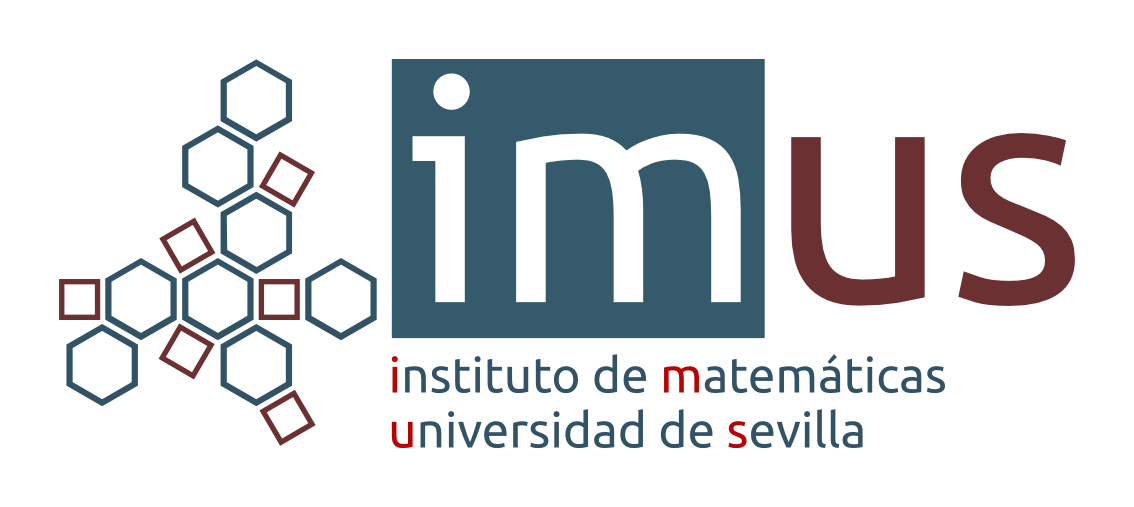Information about pre-courses and mini-courses:
Contact Geometry and Thermodynamics (Alessandro Bravetti)
Abstract: In these lectures we present the geometric description of thermodynamics by means of contact geometry and contact Hamiltonian dynamics. These lectures being intended to both mathematicians and physicists, we will introduce all the relevant objects and keep the exposition as clear as possible for both audiences.
Variational Principles in Quantum Physics (Alberto Ibort)
Abstract. The "Lagrangian method", and its associated "Principle of Least Action", is arguably the most successful and at the same time profound idea in Physics. Its mathematical counterpart, starting with the classical "calculus of variations", is by no means less relevant and has had a deep impact in modern Topology and Geometry. However the transition from the application of the "Lagrangian method" in classical physics, in particular in the beautiful abstract form known today as Geometrical Mechanics (including the geometrical description of classical field theories), to quantum physics where Feynman's path integrals approach is ubiquitous (a cornerstone of modern physics), is far from being well understood.
The dynamical laws describing quantum systems have such a different character and structure from the classical ones that we may hardly relate them with their classical counterparts (along the years a number of contraptions under the name of "quantizations" have appeared trying to make sense of this disparity). In spite of all this, we want to point out that Julian Schwinger in his conceptualisation of the quantum theory of the electromagnetic field, introduced a quantum dynamical principle directly inspired in the Lagrangian method that he used with great success (he was awarded the Nobel Prize together with Feynman and Tomonaga because of this achievement).
Unfortunately Schwinger's ideas regarding the conceptual and mathematical structure of quantum systems are not as well known as we believe they deserve (the technical difficulties of the mathematical manipulations combined with a somehow obscure language could have contributed to that). It is a fact that most of the modern presentations of the quantum theory of fields are based on Feynman's approach (to the dismay of many mathematicians interested in understanding what are the problems facing modern theoretical physics).
It is true that other visions are available that have gained a lot of attention in the last decades; from the algebraic operator approach by Haag to the noncommutative geometry proposal by Connes, however we will prefer to turn out attention back to the turning point of the transposition of the "Lagrangian method" to quantum mechanics as devised by Schwinger and Feynman following the powerful inspiration provided by Dirac.
In these lectures we will try to convey the spirit of Schwinger's ideas by putting them in the solid mathematical framework provided by groupoid theory, a favourite of these Workshops. There we hope we will be able to show they fully display its elegance and deepness.
The first lecture will be devoted to review the "Lagrangian method" and to discuss Dirac's insight on how it could be used in quantum physics, insight that was instrumental in both Feynman's and Schwinger's theories. In the second lecture, Schwinger's algebra of measurements will be formulated from the point of view of groupoids and the basic notions and structures of the theory will be derived. The discussion on dynamics will be brought in the third lecture and finally, in the fourth lecture, the connection with Feynman's histories approach will be established and Schwinger's dynamical principle will be formulated.
Contents:
1. The Lagrangian in Quantum Mechanics: Dirac, Feynman and Schwinger's legacy.
2. Groupoids: an abstract kinematical setting for Quantum Mechanics.
3. Dynamics: histories and evolution, a dual approach.
4. Schwinger's variational principle.



